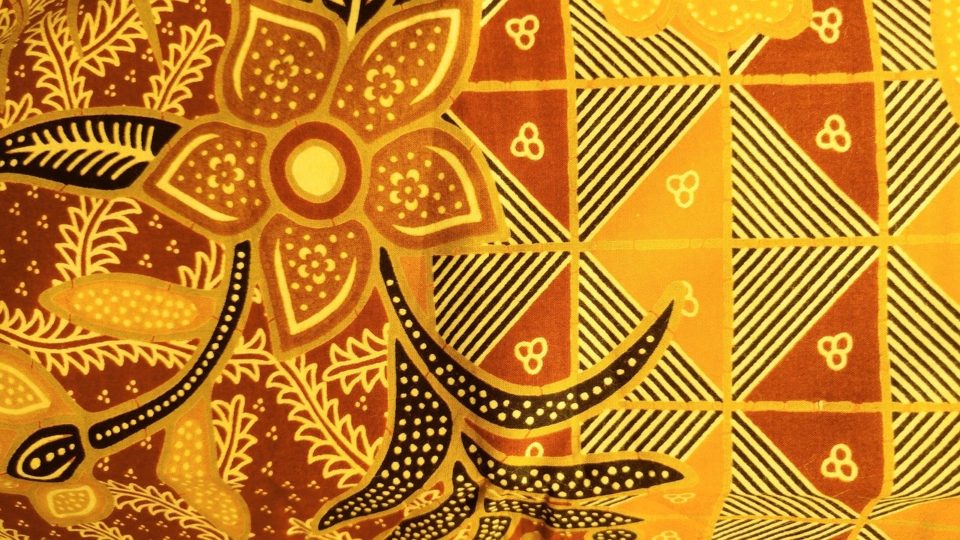Update: Xinhua has posted a correction tweet amid the backlash.
Original story follows.
For Indonesians and most of the world, batik originating from Indonesia is an undeniable fact. Like we saw with the whole rendang and Malaysia episode, having another country claim a precious Indonesian heritage really riled up the nation.
Yesterday, Chinese news agency Xinhua posted a short video showcasing ethnic groups in China decorating cloth using molten wax. The accompanying tweet to the video made the claim that the traditional craft is called batik and that it is “common among ethnic groups in China,” without specifying batik’s Indonesian origin.
Batik is a traditional craft common among ethnic groups in China. Using melting wax and a spatula-like tool, people dye the cloth and heat it to get rid of the wax. Check out how the ancient craft evolves in modern times. #AmazingChina pic.twitter.com/4pNNECZziT
— China Xinhua News (@XHNews) July 12, 2020
Huge backlash from Indonesian Twitter users ensued, with angry responses ranging from users telling the news agency to educate itself on the matter to countless calls for China to not claim anything other than COVID-19.
Batik is belong to Indonesian Traditional Culture. Not China.
How can you China Claim it ?
Shame on You…!!!
😠😠😠😠😠— Widhi Setyo Kusumo (@widhisetyok) July 12, 2020
This is an honest question, can you even pronounce “batik” using Chinese language syllables? Chinese is tonal language right? What’s the tone of “batik”?
— Shan̶dya̶ (@shandya) July 12, 2020
What do you say 😡😡 ‼️ pic.twitter.com/f7NEnH8Lyw
— EV🅰️✨ (@evalez_fr) July 12, 2020
So where did batik actually come from? Well, UNESCO lists “Indonesian batik” as a world cultural heritage while noting its influences from, among others, China. A historical study of the craft, as published by The Batik Guild, also found the wax and dye technique was practiced in China centuries before batik was a thing in Indonesia, but noted that “Indonesia, most particularly the island of Java, is the area where batik has reached the greatest peak of accomplishment.”
Yet those who acknowledge batik’s historical influences still defend its heritage as uniquely Indonesian owing to the refined techniques developed in Java and that the name itself being a Javanese word, not Chinese.
Do you think Indonesians were right to be upset by China’s batik claim or should we acknowledge and respect the craft’s historical influences? Let us know in the comments.




